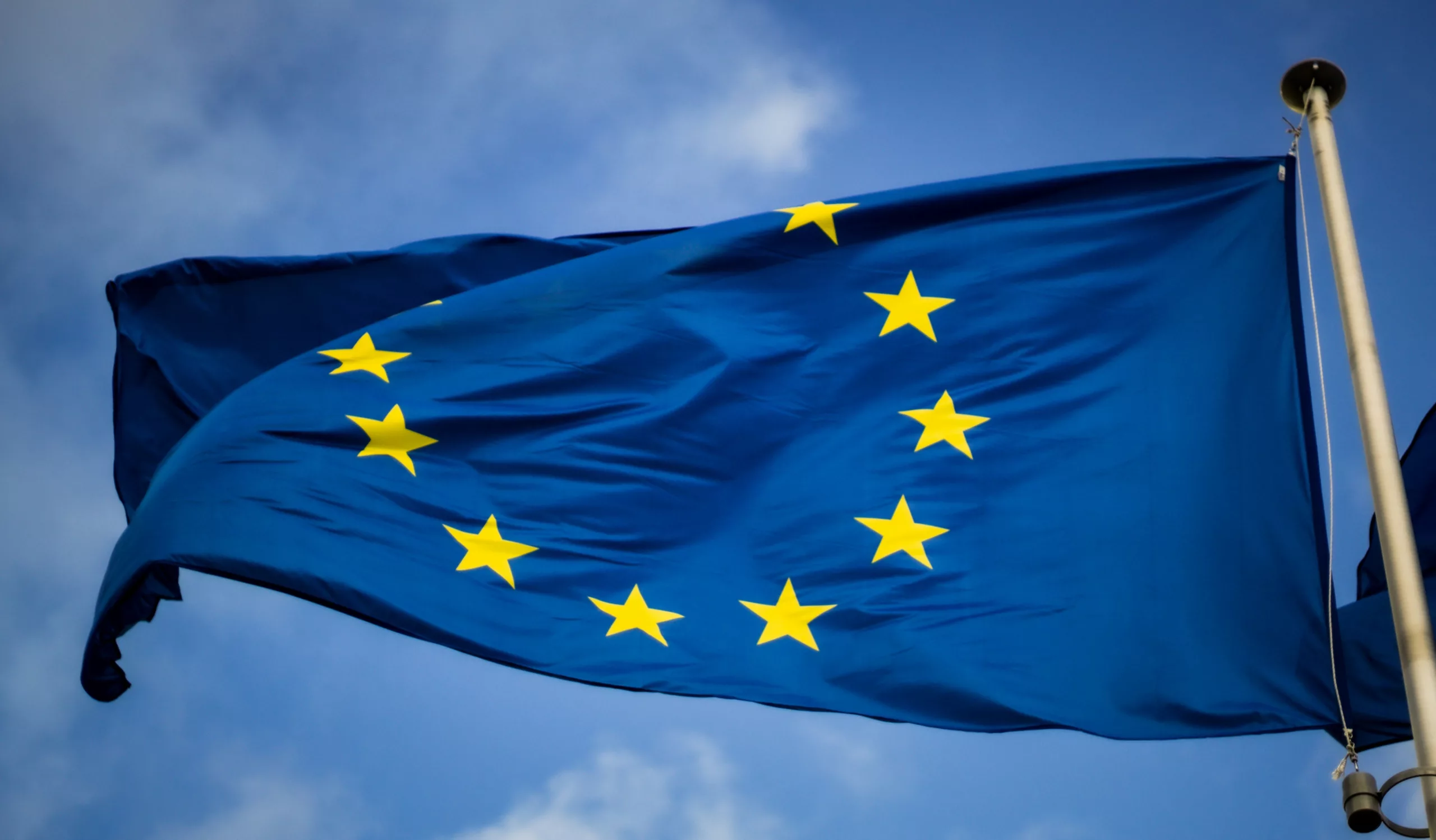Digital Product Passport
As the EU advances its Digital Product Passport (DPP) initiative, many in apparel, textiles, and consumer goods are evaluating its potential impact. Aligned with the European Green Deal, the DPP promotes transparency, sustainability, and circularity. But what exactly is a DPP, why does it matter, and how can you prepare for it?
What is a Digital Product Passport?
A Digital Product Passport (DPP) is a digital record that stores key information about a product’s entire lifecycle. It contains structured, machine-readable data with a defined scope (which will be decided in the Delegated Acts for each sector). This data is managed and accessed based on agreed rules. The DPP is linked to a unique product identifier and can be accessed electronically through a data carrier.
Value beyond compliance
Unlock strategic advantages and enhance business performance with Digital Product Passports
Increase product transparency
The Digital Product Passport tracks every stage of a product’s life, from creation to disposal.
This not only helps companies meet regulations but also allows them to share valuable information with consumers. It builds trust by giving clear, accessible details about where products come from and how they can be reused or recycled.
Support circular economy models
DPPs helps businesses embrace circular economy practices. By capturing product data, it enables services like repair, resale, and recycling.
This reduces waste and extends product life. It also opens new business opportunities while showing commitment to sustainability.
Boost consumer trust
Consumers can access verified product information through DPPs. This helps them make more informed, eco-friendly choices.
Offering this level of transparency strengthens customer relationships and enhances brand loyalty.
Improve supply chain accountability
DPPs requires businesses to trace and verify their supply chains.
This ensures products meet sustainability and legal standards, reducing risks like non-compliance and greenwashing. It also strengthens supplier relationships and helps protect the company’s reputation.

Industries
Industries affected by EU’s Digital Product Passports
The EU’s Digital Product Passports will have a transformative impact on many industries. Overall, any entity involved in the production, importation, distribution, or sale of products in the EU will need to adhere to DPP requirements as part of their commitment to sustainability and circular economy practices.

Batteries

Textiles

Toys

Electronics

Furniture

Building Materials

Lubricants

Tires

Detergents

Cosmetics
Requirements
What are the EU requirements for Digital Product Passports?
With Kezzler’s flexible and scalable platform, brands can take the necessary steps toward product traceability, transparency, and regulatory compliance. The detailed requirements will be outlined in the Delegated Acts (DA) for each sector. However, based on the ESPR, we know that the product passport will contain data from the following non-exhaustive list.
- A set of information requirements, as laid out in the DA (Article 7)
- Requirements related to substances of concern (Article 7)
- Information on the performance of the product, such as repairability, durability, and footprint, etc. (Article 7)
- User manuals / care and repair instructions (Article 7)
- Information on end-of-life handling (Article 7)
- A unique product identifier at the level indicated in the DA (Annex 3)
- A Global Trade Identification Number or equivalent (Annex 3)
- A relevant commodity code, such as TARIC (Annex 3)
- Compliance documentation (Annex 3)
- Information related to the manufacturer, such as its unique operator identifier (Annex 3)

Kezzler & Trimco Group
Helping brands navigate DPP preparation
We offer a comprehensive solution to help textile brands meet regulatory requirements and unlock strategic advantages in supply chain efficiency and sustainability through combined expertise.
preparation
Steps to prepare for the Digital Product Passport
Define your strategy
Create a circularity and digital ID strategy that aligns with DPP requirements and considers the different R-strategies for various product categories.
Determine your granularity
The delegated acts for each sector will dictate the required DPP granularity. Depending on your digital ID strategy, you might prefer to operate at the item level while still being able to deliver DPPs at the required level.
Map your supply chain
Thoroughly map your entire supply chain to pinpoint where data is collected and where there are gaps that need to be addressed.
Fill any and all gaps
Capture missing data in a structured way. Automate data flows where possible to reduce manual work and errors, ensuring a smoother process for all supply chain operators.
Find the right partners
Choose flexible, scalable partners that align with your strategy. This will help you adapt to evolving DPP requirements and find the right solutions for data, labels, or service providers.
DPP in practice
Preparing for Digital Product Passports: Holzweiler’s approach
Fashion brand Holzweiler is proactively preparing for DPP implementation with Kezzler and Trimco Group, aiming to enhance transparency, improve customer experience, and support sustainability across their value chain.
RESOURCES
Valuable resources to help you stay ahead
Next Steps
Take the next steps toward DPP readiness

Get in touch
Contact us to explore our platform’s features and understand how it supports seamless preparation for Digital Product Passport (DPP) implementation, ensuring you stay ahead of industry requirements.
Let’s talk

Stay informed
Stay informed on the latest trends and updates in apparel traceability and regulatory compliance. Subscribe to receive industry news, insightful articles, and updates on how Kezzler’s solutions can help you stay ahead.
FAQS
Have questions? We’ve got answers.
What is the timeline for Digital Product Passports?
DPP implementation timelines vary by industry. Batteries, apparel, furniture, and tires will be among the first categories affected, with key regulatory details expected between late 2025 and 2027. The EU’s first Working Plan will provide further details on the phased rollout over the next three to five years.
What types of information does a DPP contain?
Material Composition: Details about the raw materials used in the product. Manufacturing Information: Data on where and how the product was made. Sustainability Credentials: Information about the product’s environmental impact and recycled content. End-of-Life Instructions: Guidance on how to reuse, recycle, or safely dispose of the product.
How is the DPP related to the EU Digital Product Passport (DPP) regulation?
The European Green Deal’s broader regulatory framework incorporates the DPP as a core element. The EU’s DPP regulation mandates that products sold in the EU must meet certain sustainability and transparency standards, and the DPP provides a digital means of demonstrating compliance. We expect that, by 2027, many product categories will require a DPP in order to trade in the EU market.
What are the challenges associated with implementing DPPs?
Implementing Digital Product Passports presents key challenges:
→ Complex Supply Chains: Achieving end-to-end traceability across global supply chains requires alignment among diverse stakeholders.
→ Data Accuracy and Integration: Ensuring reliable, verifiable, detailed, and up-to-date data, including from third-party integrations, is crucial for compliance and transparency.
→ Granularity Decisions: Determining the appropriate level of data detail—product, batch, or component—balances regulatory needs and operational practicality.
→ System Integration: Integrating DPP frameworks with existing legacy systems poses technical and strategic hurdles.
Overcoming these challenges necessitates careful planning and robust digital infrastructure.
Why is the DPP important for sustainability?
The Digital Product Passport (DPP) supports the EU’s Ecodesign for Sustainable Products Regulation (ESPR) by promoting transparency and circular economy practices.
By providing lifecycle data, DPPs enable reuse, refurbishment, and remanufacturing, helping extend product life and reduce waste. They also enhance supply chain accountability and empower informed decision-making for both businesses and consumers.









